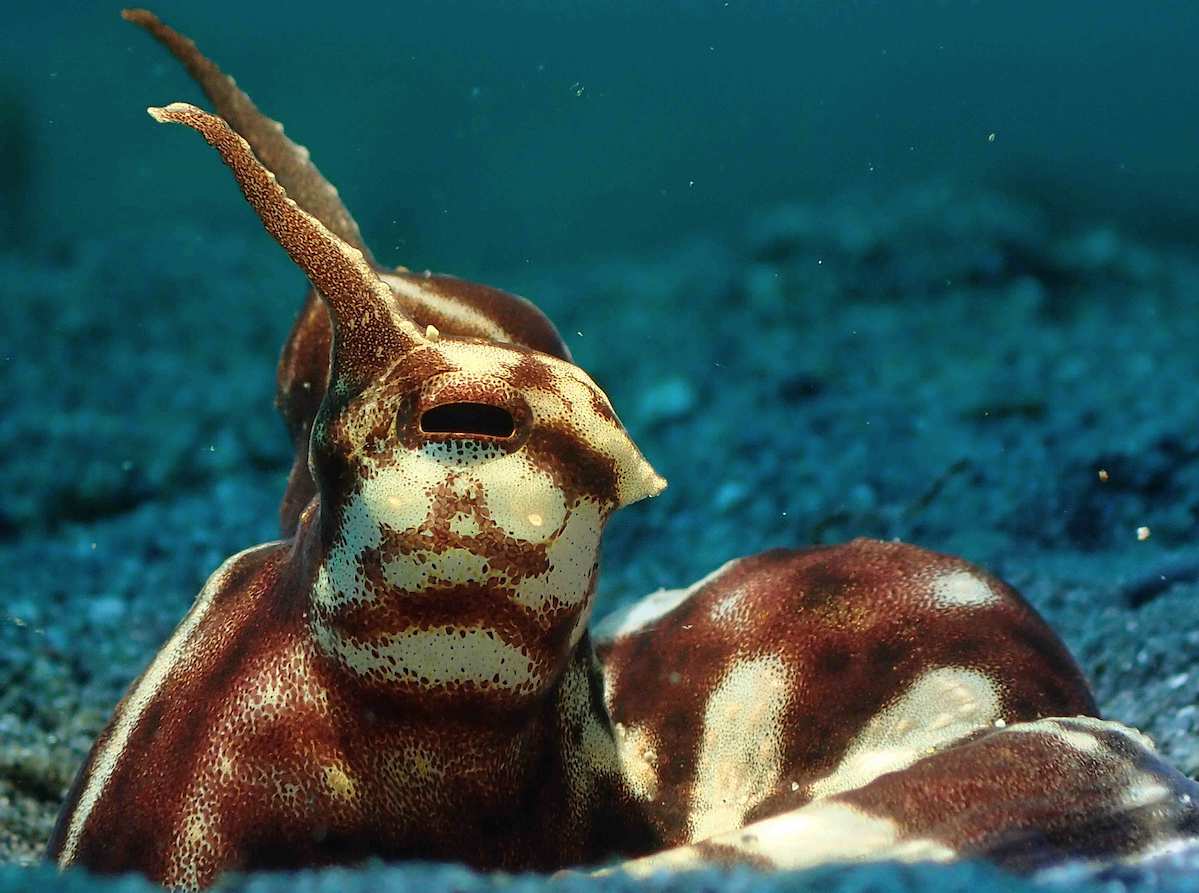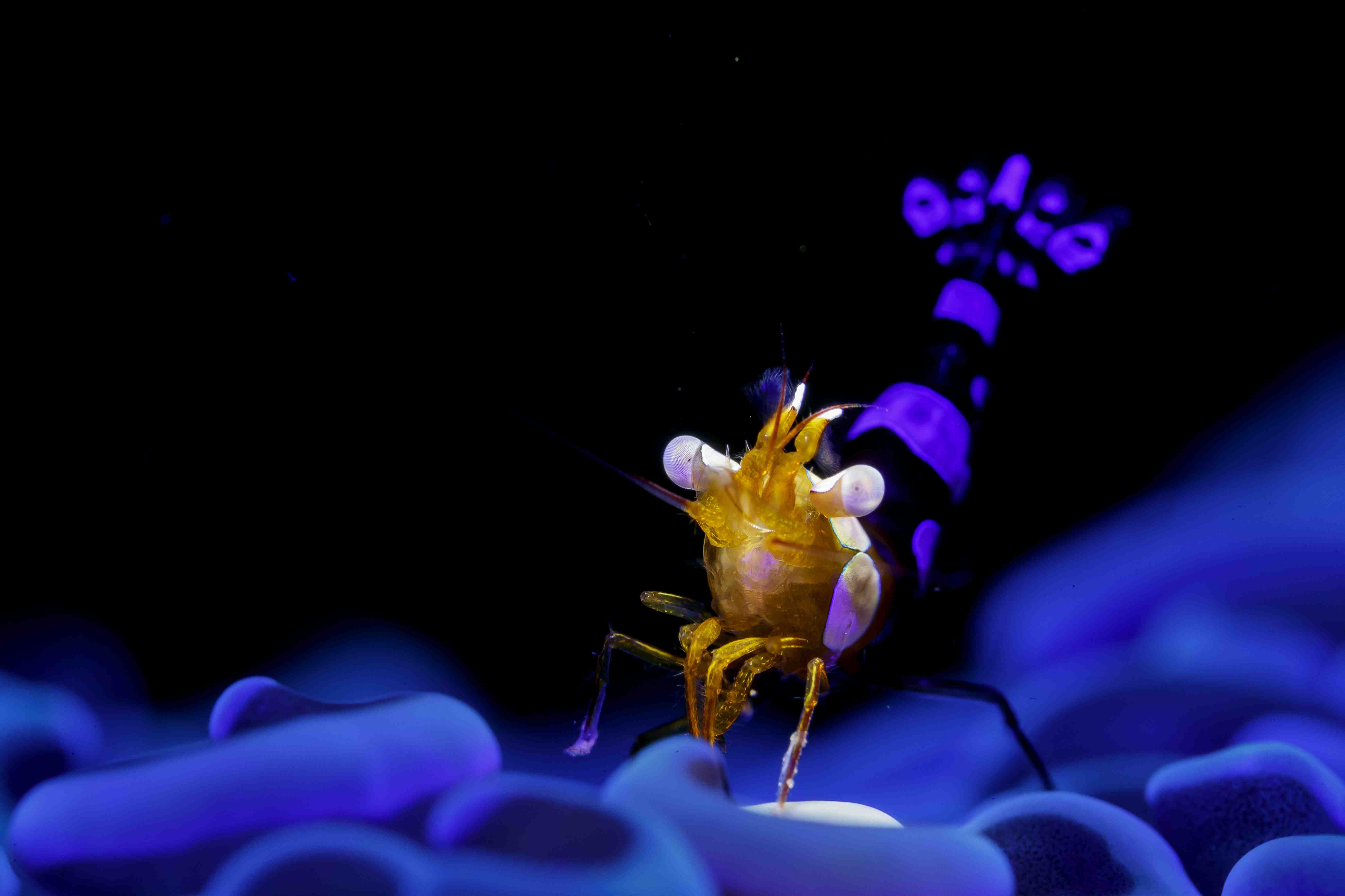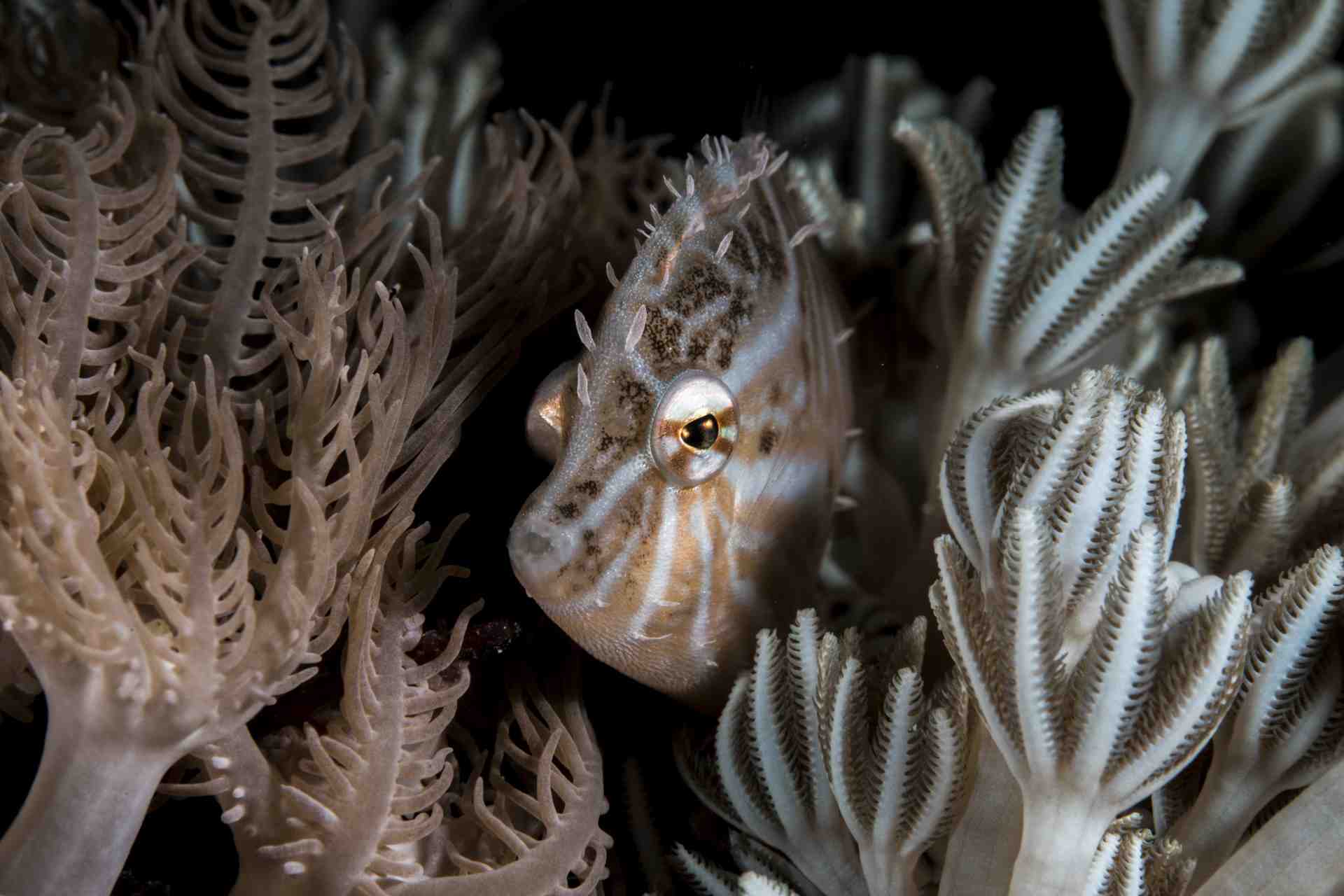Bohol and Coron to follow Anilao dive sites’ reopening
The opening of dive sites in Anilao, Batangas last week was great news to local communities that rely on tourism for their livelihood—and to divers who consider the marine life of Anilao one of the best and most diverse in the world.
Department of Tourism Secretary Berna Romulo-Puyat told PhilSTAR L!fe today, “Batangas has started to accept recreational scuba divers from outside the province, while Puerto Galera accepts divers from outside of Mindoro, and Dauin in Negros Oriental now accepts local divers.”
Puyat added that the opening of other destinations depends on the decisions of the local government units. “DOT is closely working with LGUs and tourism stakeholders. As of today, the following dive destinations have set their target reopening dates to tourists outside of their provinces: Bohol, fourth quarter of 2020; Coron, Dec. 1, 2020. Cebu has ongoing talks with tourism stakeholders.”

Secretary Puyat, who doubles as chairperson of the Philippine Commission on Sports Scuba Diving (PCSSD) added, “There are at least eight million active divers in the world. Retail sales in the United States alone generate revenues of more than US$300 million (P14.5 billion). The annual growth rate of the dive travel market is estimated at an impressive 16%. Surveys have consistently identified diving to lead the tourism industry’s recovery post-COVID.
“Historically, divers have been known to continue to travel and dive despite an economic downturn, partly due to their relative affluence. Divers are willing to invest time and money to reach their must-dive destinations.”
Tourism Secretary Berna Puyat: Divers spend around $450 (P21,860) per day and stay for four to 15 nights, compared to leisure tourists who spend $120 (P5,800) per day for nine nights.
As one underwater photographer told me, he was feeling “like a fish out of water for not being able to dive for seven months” since the lockdown started in March.
Touted as the “center of global marine diversity,” the Philippines has an embarrassment of riches when in comes to marine life, from the tiniest nudibranchs to huge whale sharks—and every size and species in between.
Our waters have it all, including diverse coral reef systems in El Nido, Anilao, Apo island, Coron (with shipwrecks too!) Moalboal, Tubbataha, Puerto Galera and Balicasag. (Read about diving with the turtles of Apo island here.)
The Department of Tourism (DOT) has been pushing our marine diversity as an attraction through Dive Philippines, a special branch of the DOT that’s run with the PCSSD.


Anilao is a special place among divers for macro photography. Dive Philippines has held many shootouts there participated by UWPs from all over the world.
The 2017 edition was one for the books, as it had National Geographic photographer David Doubilet as judge, one of the gods of underwater photography. Doubilet waited 40 years to get his dream photo and he snapped it in Anilao.
According to Dive Philippines, “the center of the center in the Philippines is the ‘Verde Island Passage,’ which lies between Batangas, Mindoro, Lubang Island, Marinduque and Romblon.”
With the country’s coastlines stretching to over 59,000 kilometers across the archipelago, diving is important not just for tourism as a whole, but also for individual host communities.

Here are some reasons why our dive sites should be supported:
1. They make a positive economic impact on communities.
The more small players benefit, the better for the community. Mabini, the municipality Anilao belongs to, has more than 2,000 resort operators, instructors and boatmen—all of whose income were halted due to the ban on leisure travel starting on March 15; before that and to a lesser extent, the Taal Volcano explosion on Jan. 12.
Diving is not a cheap sport and divers are not cheap (just look at their equipment and the drinks they order after a great dive). Apart from accommodations, divers pay for boatmen, spotters, dive gear, photography equipment, food and drinks, etc. For daytrips, Anilao is a fave checkout dive destination for those seeking certification from dive schools in Manila because it’s just three hours away.
According to Puyat, “Divers spend around $450 (P21,860) per day and stay for four to 15 nights compared to leisure tourists whose average daily expenditure is $120 (P5,800) a day for nine nights.”
2. Divers help protect marine populations.
They dive because they know how beautiful it is underwater. Divers are passionate about and protective of marine life and this rubs off on everyone they interact with. Dive groups aim to influence local government tourism policies on dive sites; they also spearhead a lot of ocean cleanups around the world.

3. Scuba diving helps prevent overfishing.
Communities around dive sites are often made up of former fishermen who did cyanide and dynamite fishing (both practices kill organisms other than the fish) until government and NGOs persuaded them that tourism was a better livelihood.
I did research and interviews for a diving book almost 20 years ago and divers belonging to NGOs told me how difficult it was to persuade fishermen to stop using harmful fishing methods which they had been doing for decades.
As marine populations grew, these seaside communities attracted more divers—and leisure travelers.
4. Our dive sites educate us, make us fall in love with our country.
Before the lockdown in March, I went to Port Barton, Palawan for the weekend, where I shot videos of turtles feeding on jellyfish. A friend who saw the video remarked, “Now I understand why turtles and other marine species eat plastic bags.”
Transparent plastic bags resemble jellyfish so much that marine animals end up beached with their stomachs full of plastic bags.
Also, our dive sites and islands make us love our country more. They are the best places to relax especially when our lives in Metro Manila get so toxic. I tell people who hear me complain about Manila that being able to escape to our seas is what keeps me sane. And we are spoilt for choice!

5. Underwater photographers help promote our islands.
Before there was social media, how well DOT promoted the country depended on their marketing budget—and it was never enough. DOT executives used to say their budget was so low compared to Thailand or India’s.
That is still probably true, but now there’s Instagram and Facebook, where photos are user-generated. Suddenly, people in the Balkans knew about Palawan (my taxi driver in Serbia told me El Nido was on his bucket list).
UWPs also make other divers want to travel thousands of miles to the Philippines and dive in our waters—all because of species the size of your fingernail.
Banner photo by Yang Seung Chul
All photos taken in Anilao, Batangas, 2017


